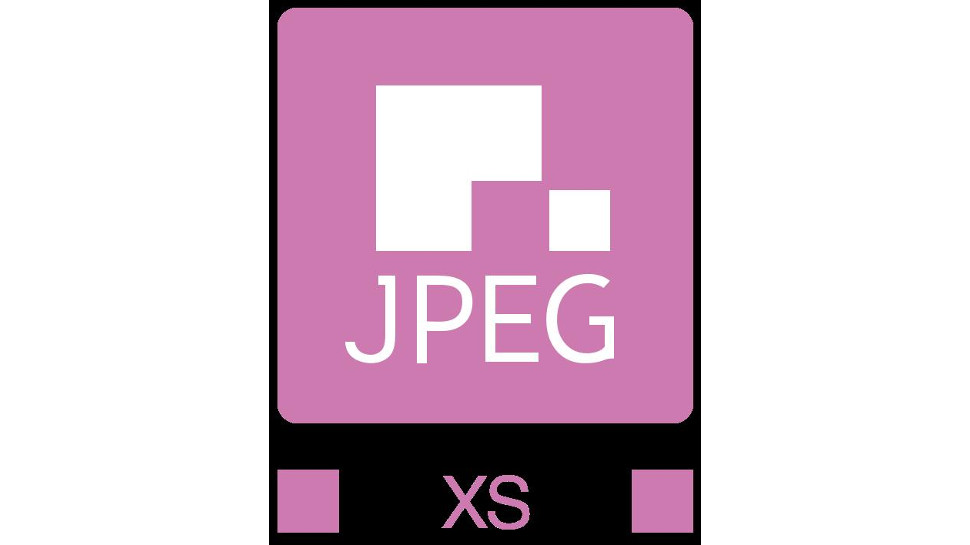JPEG committee to introduce JPEG XS file format
It isn’t an extra-small JPEG, FYI

The committee behind the humble JPEG, that trusty compressed stalwart of digital photographers everywhere, has announced a new file format, the JPEG XS.
The Joint Photographic Experts Group (JPEG) has introduced the JPEG XS as a companion to the standard JPEG, not a replacement.
It uses a compression process that's simpler, faster and more energy-efficient than that of a standard JPEG, so while you end up with image and video files that are a little larger than standard, they are higher in quality. (The XS in the name refers to the compression process, not the image size).
The standard JPEG compresses images by a factor of ten, wheres the JPEG XS will compress them by a factor of six.
“For the first time in the history of image coding, we are compressing less in order to better preserve quality, and we are making the process faster while using less energy,” said Professor Ebrahimi of EPFL’s Multimedia Signal Processing Group. “We want to be smarter in how we do things. The idea is to use less resources, and use them more wisely. This is a real paradigm shift.
“Compressing the images with JPEG XS doesn’t compromise quality at all: even experts can’t tell the difference between an original and a compressed picture or movie.”
Explaining their thinking, the committee said that its priorities are shifting in response to changing technologies. Whereas the advantage of a compressed JPEG is that many such files can be stored efficiently, the advent of 5G and high-speed broadband has reduced the need for files to be actually stored on our devices, in turn creating demand for a format that allows larger files to be more efficiently streamed. Hence, the JPEG XS.
Get the Digital Camera World Newsletter
The best camera deals, reviews, product advice, and unmissable photography news, direct to your inbox!
So what will it be used for? Well, livestreaming is an obvious choice – livestreaming in 8K is very much on the horizon – but there are other applications as well. The format allows for video streaming to be more or less instantaneous, with basically no lag, making it useful for drone pilots to be able to see what’s happening in real time, or for cameras on self-driving cars.
JPEG XS is going to start out in “professional applications like movie editing, space imagery and professional-grade cameras,” and consumer-grade electronics will follow on next. You can read the official announcement here for more information.
Jon spent years at IPC Media writing features, news, reviews and other photography content for publications such as Amateur Photographer and What Digital Camera in both print and digital form. With his additional experience for outlets like Photomonitor, this makes Jon one of our go-to specialists when it comes to all aspects of photography, from cameras and action cameras to lenses and memory cards, flash diffusers and triggers, batteries and memory cards, selfie sticks and gimbals, and much more besides.
An NCTJ-qualified journalist, he has also contributed to Shortlist, The Skinny, ThreeWeeks Edinburgh, The Guardian, Trusted Reviews, CreativeBLOQ, and probably quite a few others I’ve forgotten.

